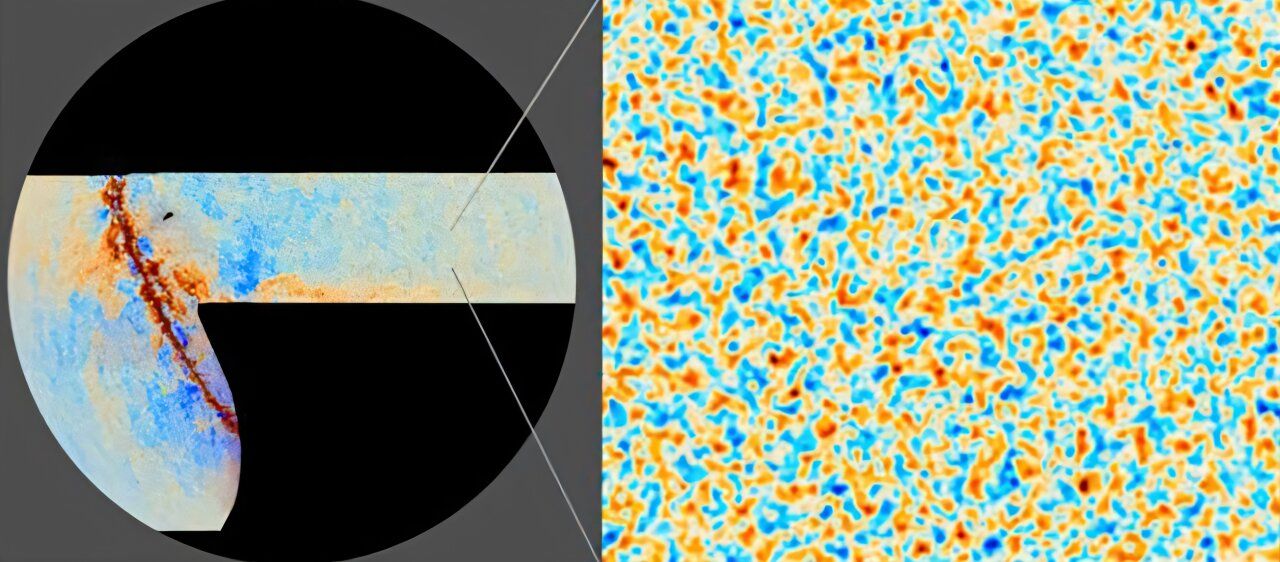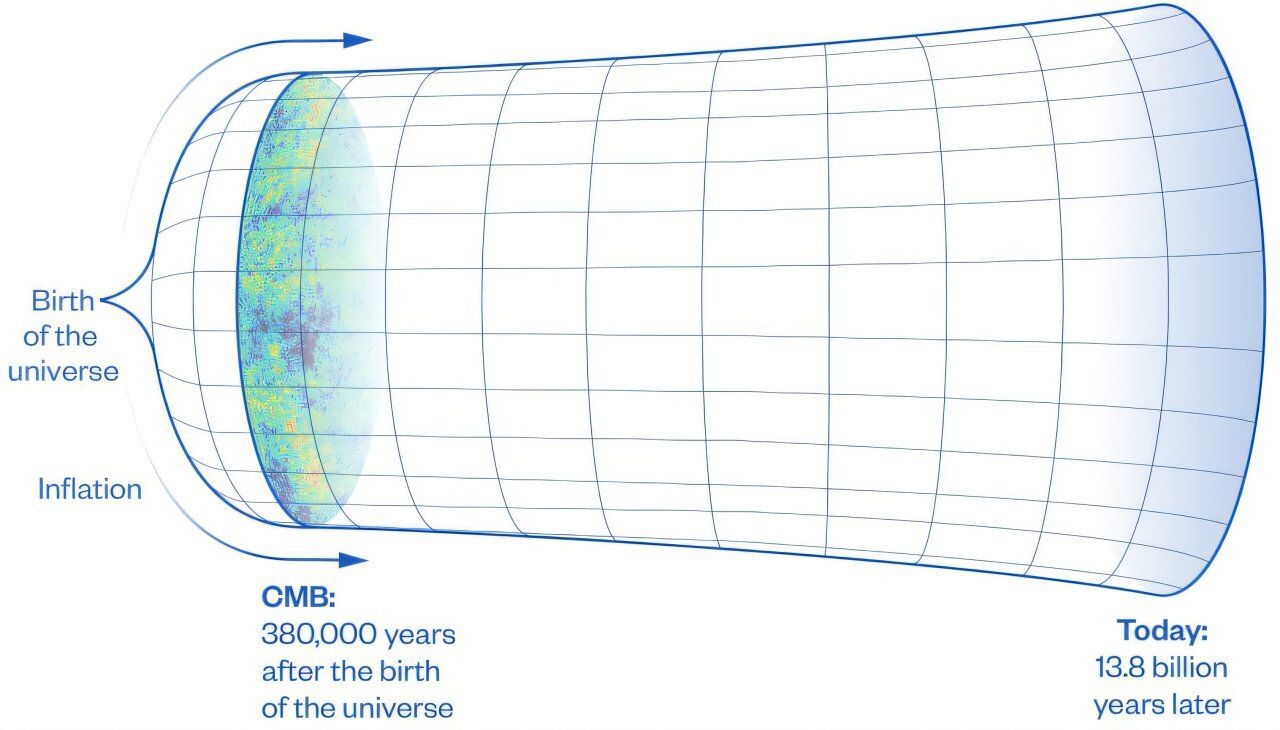Follow us on Google News (click on ☆)

Image of the cosmic microwave background showing density variations.
Credit: ACT Collaboration; ESA/Planck Collaboration.
The ACT captured light emitted approximately 380,000 years after the Big Bang, a time when the first cosmic structures were beginning to form. According to Suzanne Staggs, director of the consortium, this observation allows us to see the beginnings of stars and galaxies. The polarization of light, measured with unprecedented precision, distinguishes these results from those of Planck.
ACT's data sheds light on the formation of the first galaxies, providing a snapshot of the Universe in its infancy. Mark Devlin explains that these measurements required five years of observation with ultra-sensitive detectors. The temperature and polarization fluctuations reveal the movements of matter at that time.
The polarization of light from the cosmic microwave background is key to understanding the young Universe. Sigurd Naess points out that ACT has five times higher resolution than Planck. These observations allow us to see not only where the gases were located, but also how they moved under the influence of gravity.
ACT's results also help refine our understanding of the present Universe. Erminia Calabrese mentions that the observable Universe extends nearly 50 billion light-years. Dark matter and dark energy overwhelmingly dominate the total mass, with visible matter representing only a tiny fraction.

Representation of the period of the Universe captured by ACT.
Credit: Lucy Reading Ikkanda, Simons Foundation.
The age of the Universe is now estimated at 13.8 billion years with increased precision. These advances pave the way for the future Simons Observatory, which will continue the study of the cosmic microwave background. Jo Dunkley sees in this data a unique opportunity to trace cosmic evolution.
What is the cosmic microwave background?
The cosmic microwave background (CMB) is the oldest light in the Universe, emitted approximately 380,000 years after the Big Bang. It is microwave radiation that uniformly fills space, a witness to the time when the Universe became transparent.
Before this period, the Universe was too hot and dense for light to propagate freely. The CMB therefore marks the moment when photons could begin to travel unimpeded, offering an image of the early Universe.
The tiny temperature variations in the CMB reflect density fluctuations of matter in the young Universe. These fluctuations are the seeds of future cosmic structures, such as galaxies and galaxy clusters.
The study of the CMB allows cosmologists to test theories about the origin and evolution of the Universe. Recent data from ACT provides unprecedented detail about these early cosmic phases.
How does light polarization reveal the history of the Universe?
The polarization of CMB light occurs when it interacts with density structures in the young Universe. This interaction changes the vibration direction of light waves, revealing information about these structures.
By measuring this polarization, scientists can reconstruct the movements of matter in the early Universe. This helps us understand how gravity influenced the formation of the first galaxies.
ACT captured these polarization signals with unprecedented resolution, far exceeding the capabilities of previous instruments like Planck. These observations open a new window on the physical processes at work in the young Universe.
Understanding these mechanisms is crucial to unraveling the mysteries of dark matter and dark energy, which dominate the composition of the Universe.